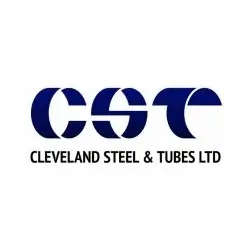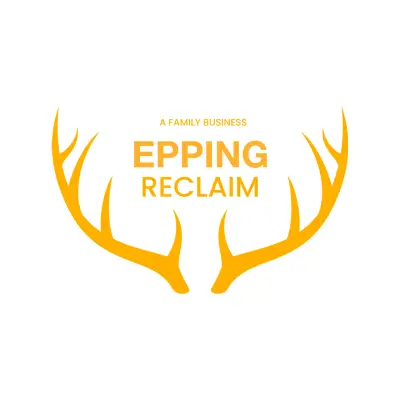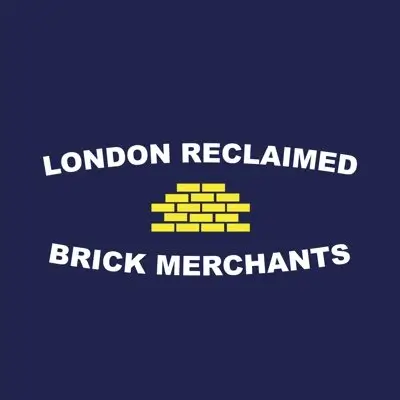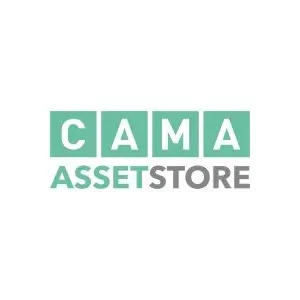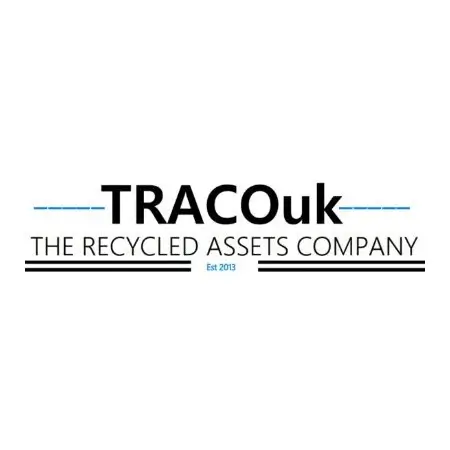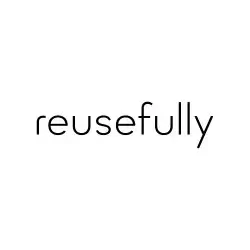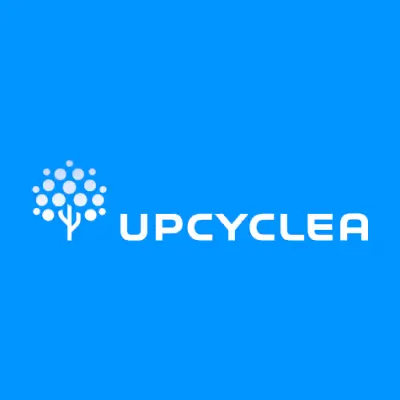
1
Search for materials
Search, filter and compare thousands of reusable items city-wide, across multiple listing platforms.
2
Head to the partner
With one click, head to our partners' platform and request the material.
3
Access information and suppliers
Browse information about reuse in the built environment and find relevant service providers.
Have material to list?
Get your materials listed on the Material Reuse Portal by checking out our partners. If you are looking for other options then head over to the marketplace providers section.
Partners Marketplace providersCategories
Frequently Asked Questions
Have a question? Read through some of the FAQs below. If you can't find an answer,
head to the FAQs page or email our support team. We're here to help.
Circular Construction in Regenerative Cities (CIRCuIT) is a collaborative project running from 2019-2023 and involves 31 ambitious partners across the built environment chain in Copenhagen, Hamburg, the Helsinki Region and Greater London. Funded by the European Commission’s Horizon 2020 programme, the project will support the creation of regenerative cities by implementing sustainable and circular construction practices.
Relondon provides the following definition: “A circular economy is one in which stuff is kept in use for as long as possible, delivering the highest value it can, for as long as it can. So rather than making, using and then throwing stuff away (a linear system), a circular economy means looking at each of those stages for new ways of cycling materials and value back into the system – using materials and products again and again, in many different forms.”
Reuse can be defined as any operation by which products or components that are not ‘waste’ are used again for the same purpose for which they were conceived
By contrast, recycling, is a recovery operation by which waste materials are reprocessed into products, materials or substances whether for the original or other purposes. It includes the reprocessing of organic material but does not include energy recovery and the reprocessing into materials that are to be used as fuels or for ‘backfilling’ operations after excavation.
The CIRCuIT wiki provides the following definition: “Circular construction, the application of the circular economy to the construction industry, aims to close building material loops by reusing, sharing, leasing, repairing, refurbishing, upcycling or recycling rather than continuing the traditional take-make-consume-dispose process. It is about considering how to maximise the lifespan and reusability of entire buildings or materials at the very start of the design process.”
Better choices for the built environment
In London, the built environment consumes 400 million tonnes of materials every year, producing 54% of all waste in the capital. Reusing materials not only reduces the waste created in the city, but also has benefits in terms of carbon emissions. For example, it is estimated that newly manufactured bricks emit 95 times more CO2 in their production, compared to reusing bricks that already exist. It is estimated that the construction sector is responsible for about 10% London's consumption-based carbon emissions.
All in one place
The Material Reuse Portal is designed to bring together data on available materials from multiple sources. We have integrated with two marketplaces so far and provide a simple way for other providers to be listed on the site. We plan to grow the number of marketplaces and increase the amount of choice for those who want to reuse materials and components in their projects.
Better data
In order to create a 'circular economy' it is important that materials are better understood and that data is collected in a standardised way. The Material Reuse Portal allows users to save data about the listings they are interested in which can later be used as a digital 'passport' for the item.
Over time we will seek to build up more data on the demand for different types of products in the built environment that can help demolition contractors understand the items that could cost-effectively be dismantled for reuse.










